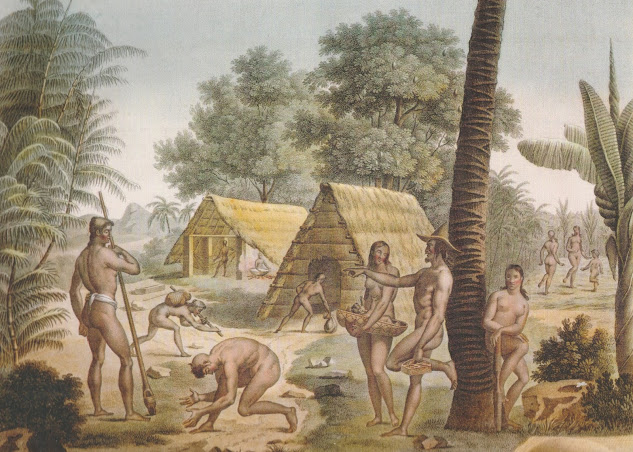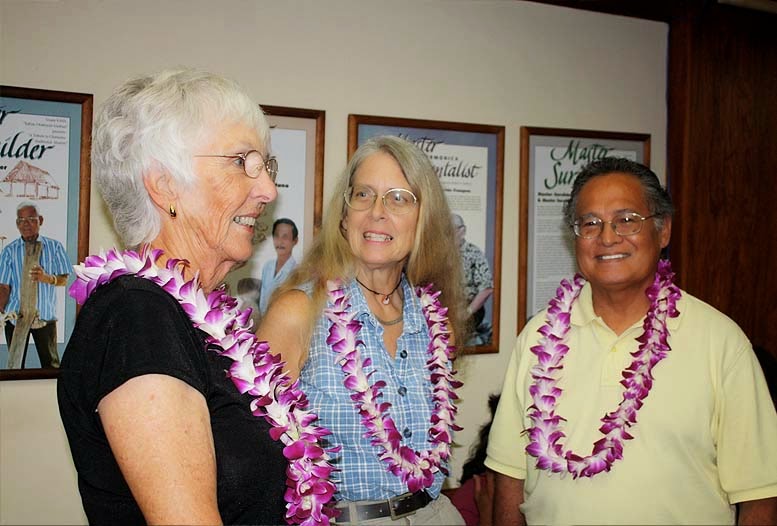Ancient Chamoru Gender Dynamics

I recently gave a lecture talking about the Maga'håga spirit and the matrilineal strain that runs through Chamoru culture. In putting it together, I had to scrounge for different quotes from the early accounts of the Spanish, when they encountered Chamorus in the 16th and 17th centuries. It provides a stark contrast in most ways we see gender relations today, but it must have felt nightmarish at times for a Catholic priest of the time. To see women with this much authority over life and over their husbands, I imagine it would have given San Vitores and others plenty a panic attack. Here are some of the quotes I used in my presentation: ******************* In each family, the head is the father or older relative, but with limited influence. A son, as he grows up, neither fears or respects his father. In the home it is the woman who rules, and her husband does not dare give an order contrary to her wishes, nor punish the children, for she will turn upon him and beat him. If the w








